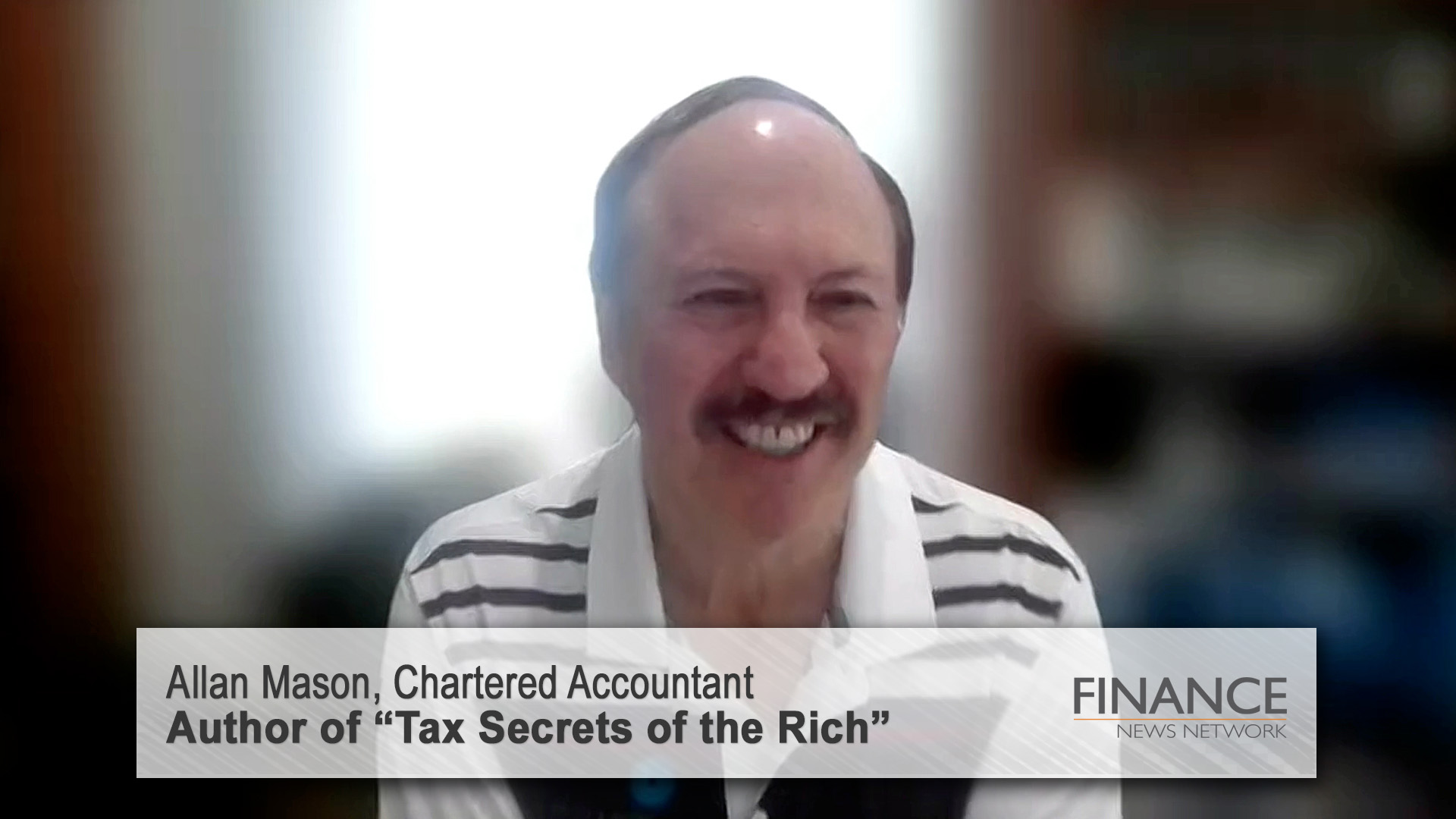As we approach the end of 2010 and the start of the New Year, what do some of the world’s biggest investors want in their Christmas stockings, or rather what do they see in their crystal balls?
Remember that most market participants are bullish at the end of the year, especially in the northern markets: Christmas, end of year bonuses, etc make for a rosy outlook on life and money management.
The most comprehensive measurement of market sentiment and its highs and lows is the monthly survey from Bank of America Merrill Lynch which has some of the biggest global and regional investors quizzed on what they see happening, their investment strategies and their views on different regions, economies and sectors.
The December survey of 302 fund managers out this week shows they have gone bearish on China, bullish on the US, down on bonds, positive on corporate earnings and growth, and bearish on inflation in 2011.
A net 44% of the respondents in the survey predict the world’s economy to strengthen in 2011, compared to 35% a month earlier.

A net 51% anticipate corporate profits improving next year, up from 36% in November.
At the same time more investors believe that inflation is likely to rise with a net 61% of the panel forecasting higher core inflation in 2011.
Perversely, while 61% see higher core inflation next year, roughly the same proportion expects the Fed to leave interest rates at record lows until 2012.
So low rates, despite expectations of rising cost pressures; somehow that doesn’t add up, but who said investors had to be logical.
After the November survey revealed a marked rise in the proportion of investors forecasting economic growth—a net 35% versus October’s 15%, the December survey saw a net 44% say they expect to see stronger growth in the coming year. And, concerns about a double-dip recession have now been largely dismissed.
The outlook for corporate profits is similarly positive, with a little over half of the global managers partaking in the survey indicating growth in the year ahead, up from 36% in November.
The survey’s composite global growth expectations indicator, which combines the outlook for economic activity with expectations for corporate profit growth, has also accelerated to +74, after hitting +68 in November. The figure, however, is still below the high of +89 seen a year ago in December 2009.
But if they are optimistic about growth, many managers reckon they see inflation becoming a problem, even though there is absolutely no sign of it happening in the US, Europe and Japan.
Rising costs are a concern in China (more of that later), but as the November CPI and PPI for the US showed, it ain’t happening at the moment.
And this week’s post Fed meeting statement showed it won’t be a concern for quite a while, not while American housing remains depressed and unemployment well above 9%.
The December survey shows that the proportion of managers who fear the effects of rising prices is now at a six-month high of 61%.
While this appears not to be having an impact on risk appetite (probably a better indicator of what they really think), portfolio allocations indicate some inflation consideration with investors moving into resource sectors within equities and out of bonds.
In terms of asset classes, only fixed income has seen a significant change over the past month.
Given the sell-off in US Treasuries, that’s not surprising, especially in the past fortnight. US 10 year bond yields hit 3.57% on Wednesday, up over 1 percentage point in the past month.
These worries about higher inflation have seen resource stocks climb to the top of the most-preferred sectors list, which is good news for the Australian market, or should be.
In terms of regional allocation, portfolio preferences have shifted more towards US shares amid EU debt worries and the renewed fear of a slowdown in Chinese growth.
"Investors feel almost compelled to invest in risk assets at the moment, and that’s down to the Fed," said Garry Baker, Bank of America’s Merrill Lynch’s European equity strategist.
That’s a reference to the Federal Reserve’s $US600 billion asset-buying program which was reaffirmed at this week’s meeting in Washington.
That boost to the level of risk tolerance is behind the sell-off in bonds, according to managers.
The fund manager survey found that investors had cut their exposure to bonds in December to the lowest level since April.
Respondents to the survey were a net 47% underweight in bonds versus 36% in November (that’s worked out by subtracting underweight positions from overweight ones).
Energy regained the position of most popular global sector, having yielded to technology 11 months ago. Energy is also seen as one of the most undervalued sectors at this time.
On the underweight side, asset allocators have moved out of insurance, banking and utilities.
The rotation out of financials is particularly noticeable in Japan and Europe, with over 40% of managers underweighting the sector.
Allocation of assets to US equities increased to 16% overweight, from just 1% overweight last month.
Investors are now more bullish on the dollar, with 36% of managers expecting to see the greenback appreciate in the next 12 months.
“The pending new tax deal in the US, combined with QE2, has













